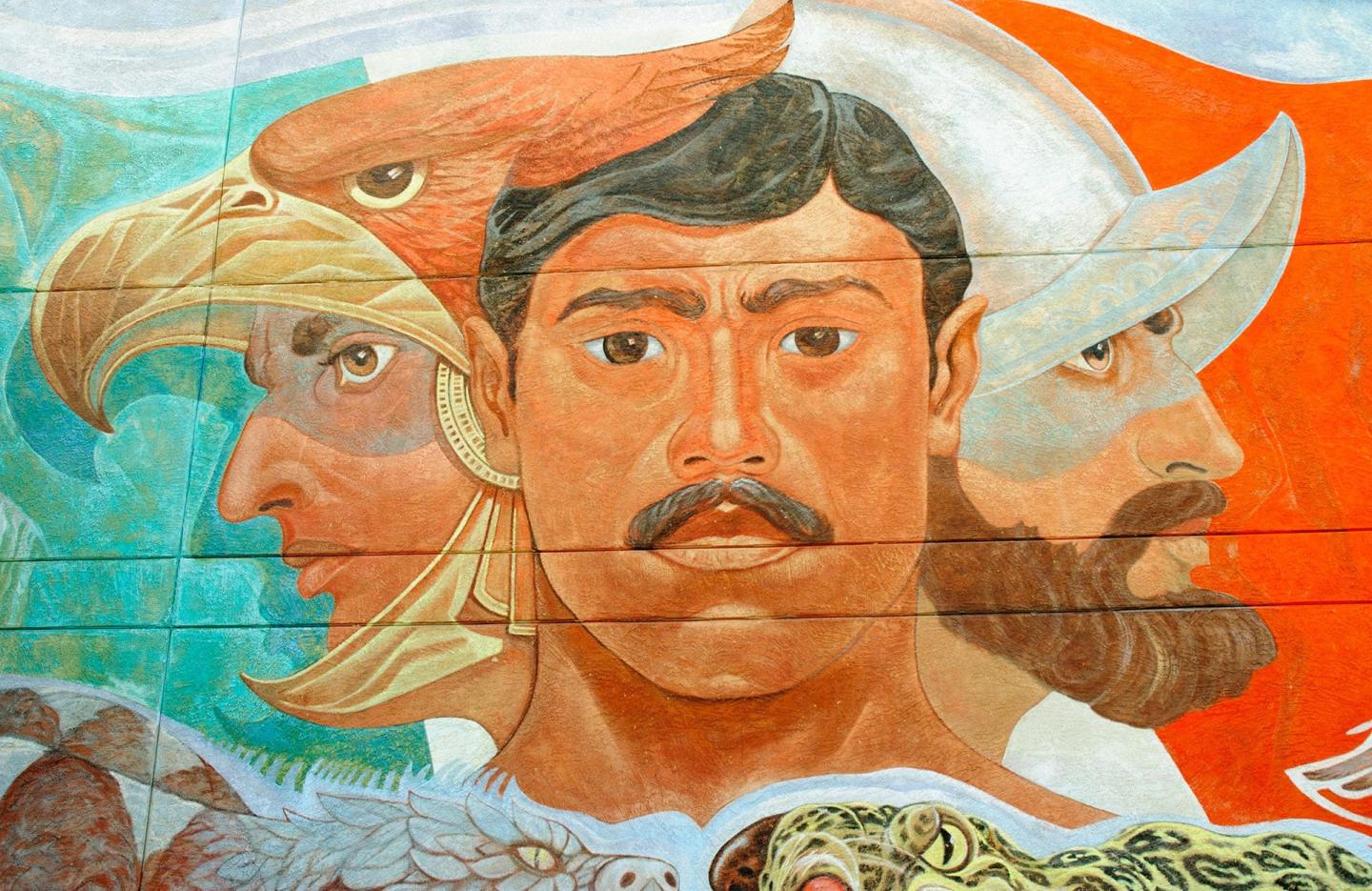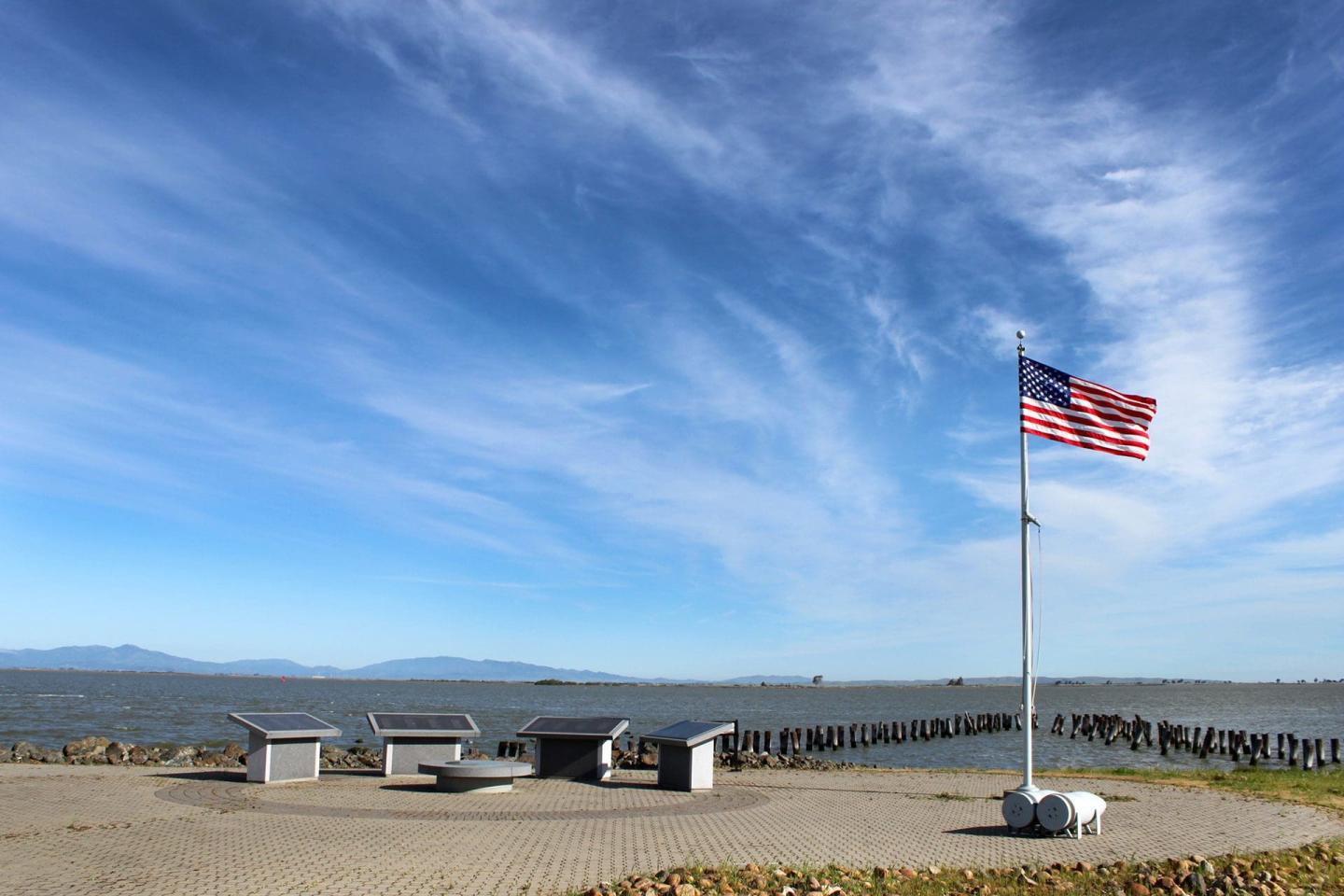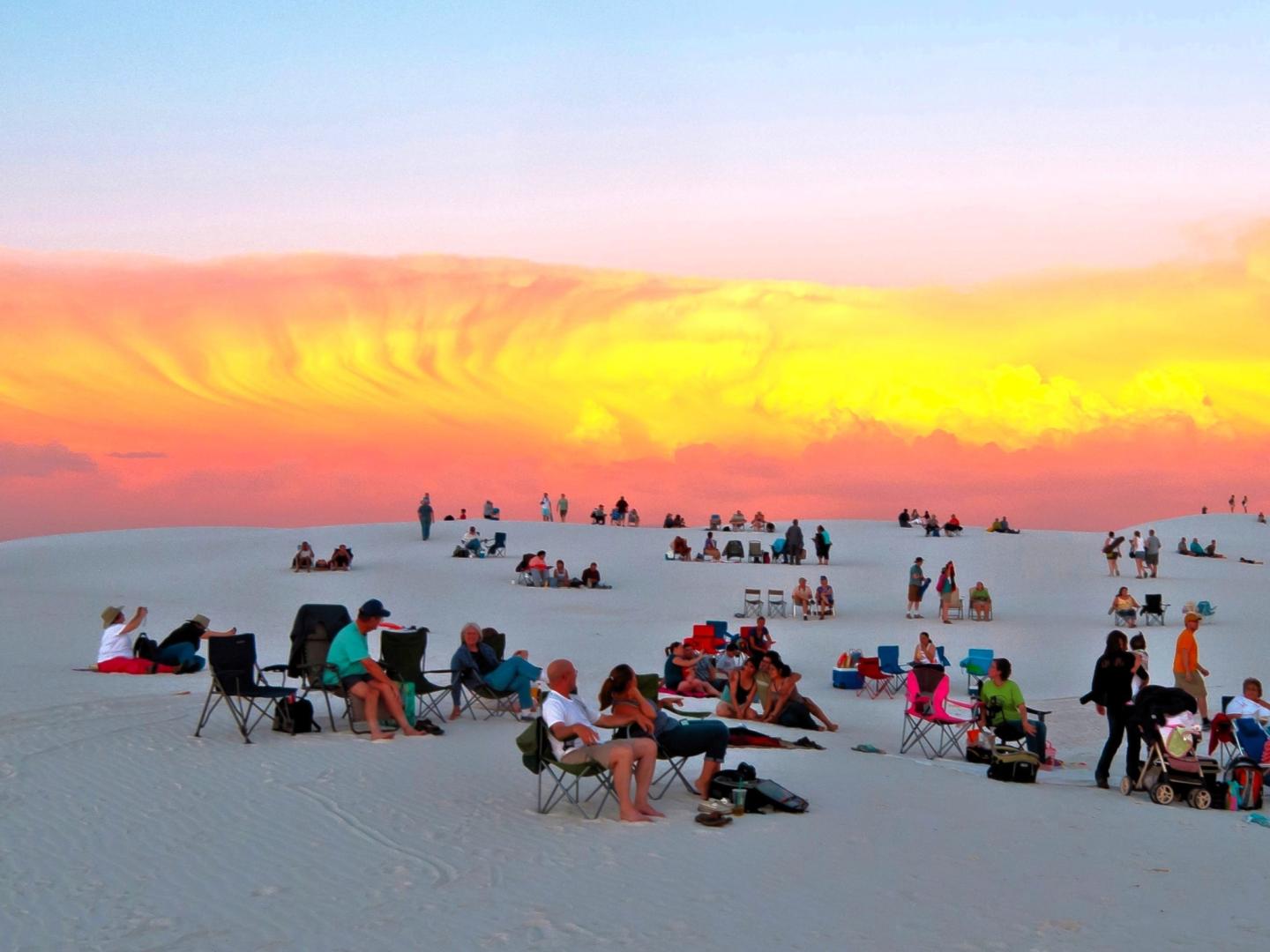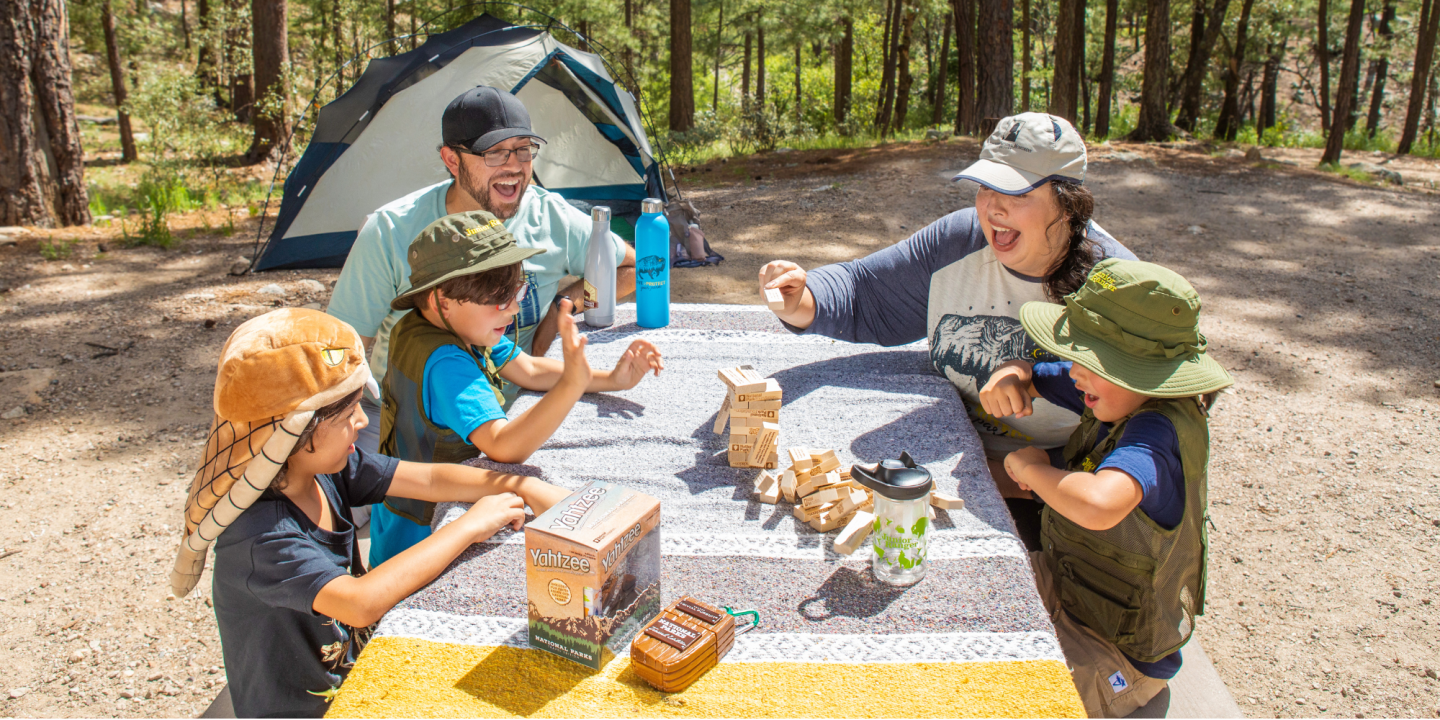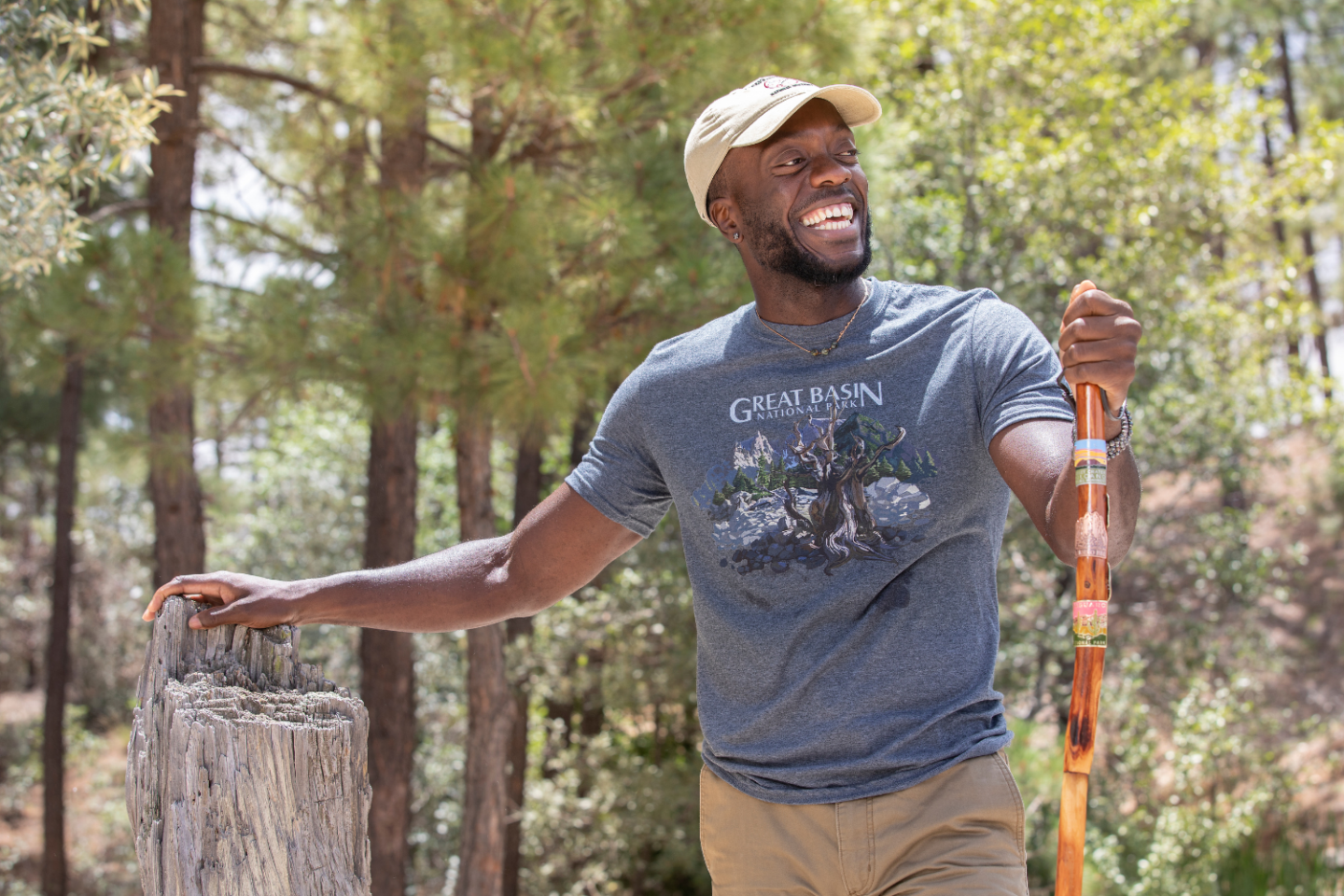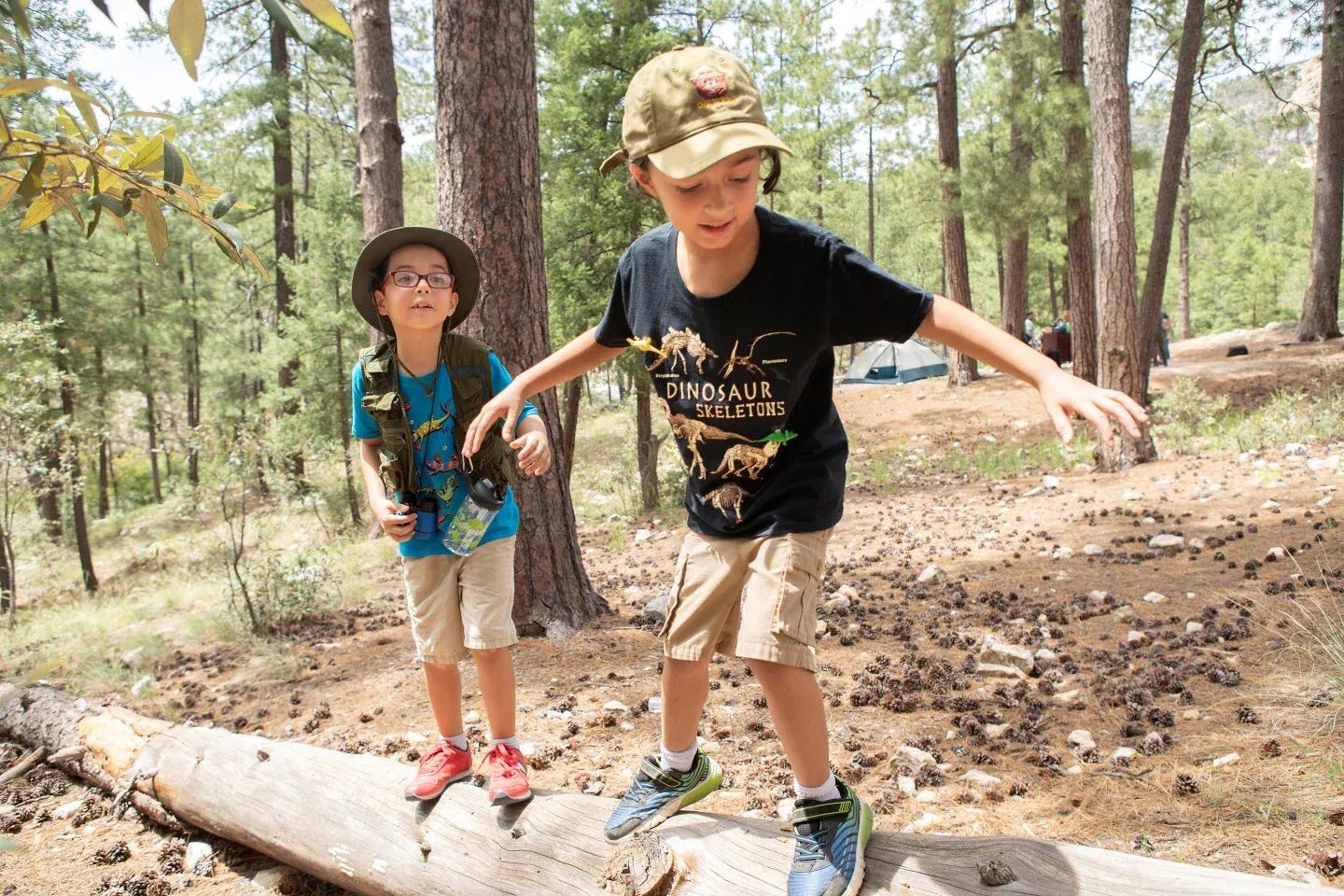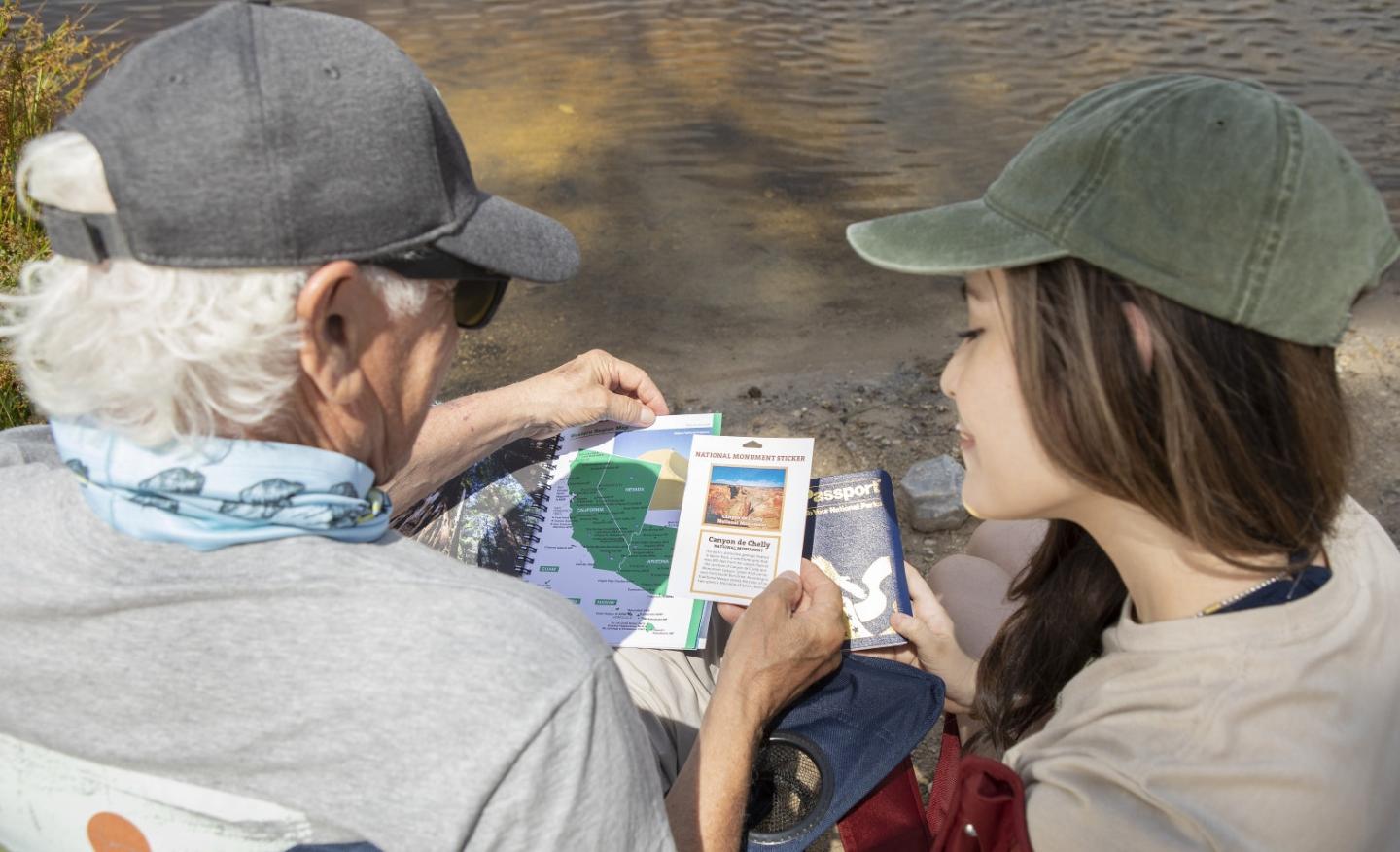
Civil Rights
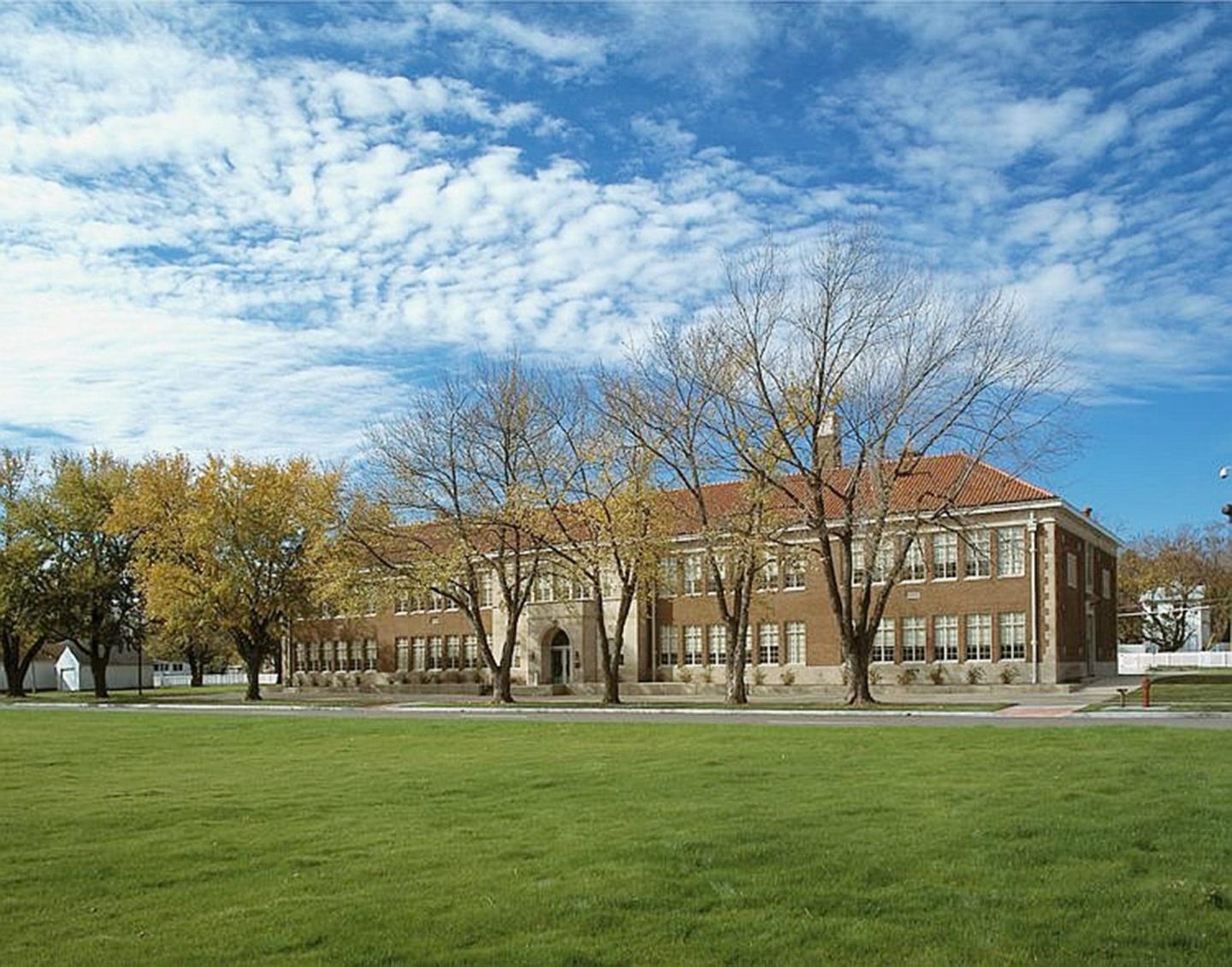
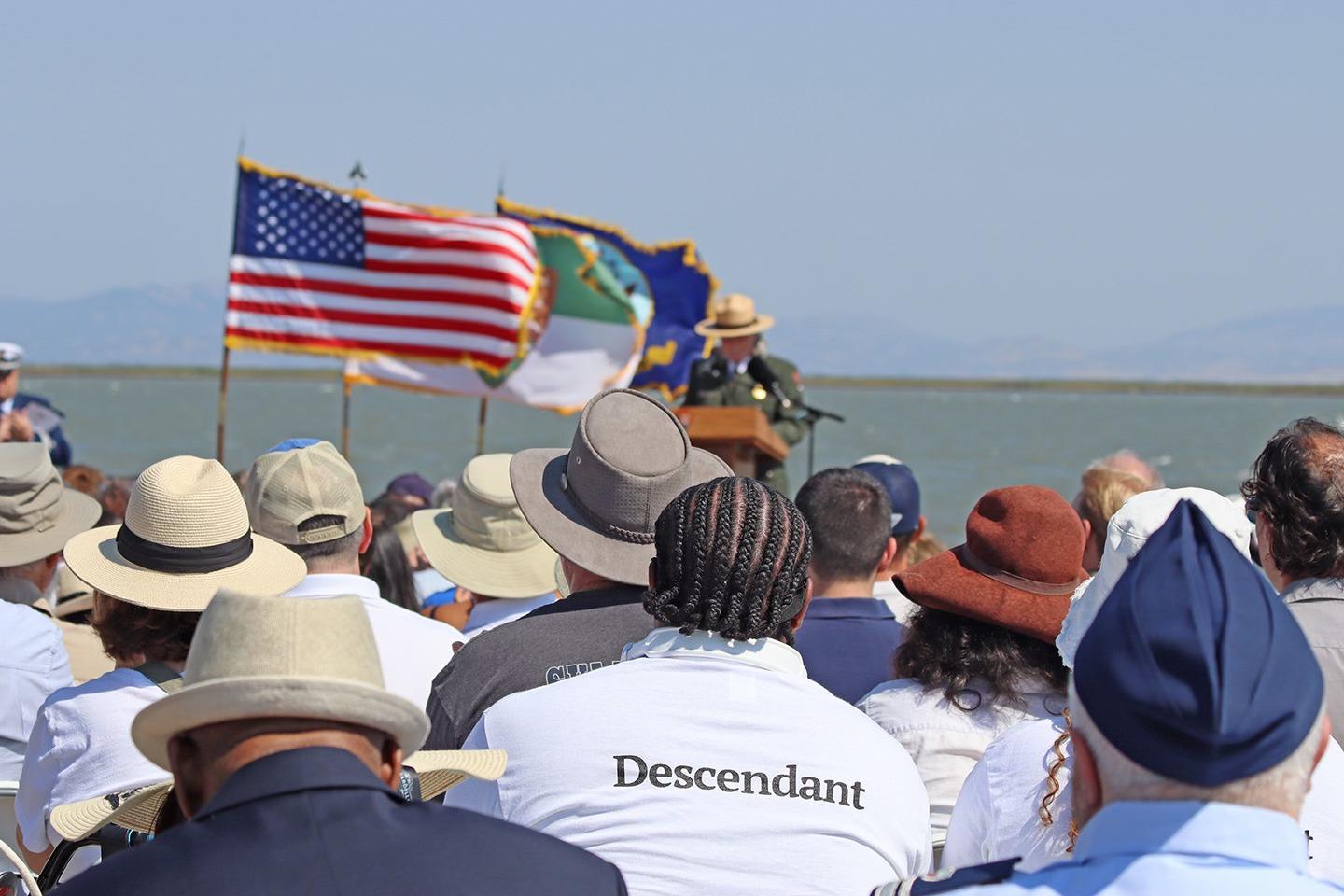
Learn the history of civil rights in national parks.
The fight for civil rights has shaped the very foundation of America, and national parks help preserve these powerful stories. From sites of protest and resilience to places where laws were changed, these parks honor those who fought for justice and equality. Visiting these places offers a chance to walk in the footsteps of leaders, activists, and everyday people whose courage changed history.
Know before you go
Visiting civil rights sites is a meaningful experience, and it’s important to approach these places with respect and understanding. Here’s how to make the most of your visit.
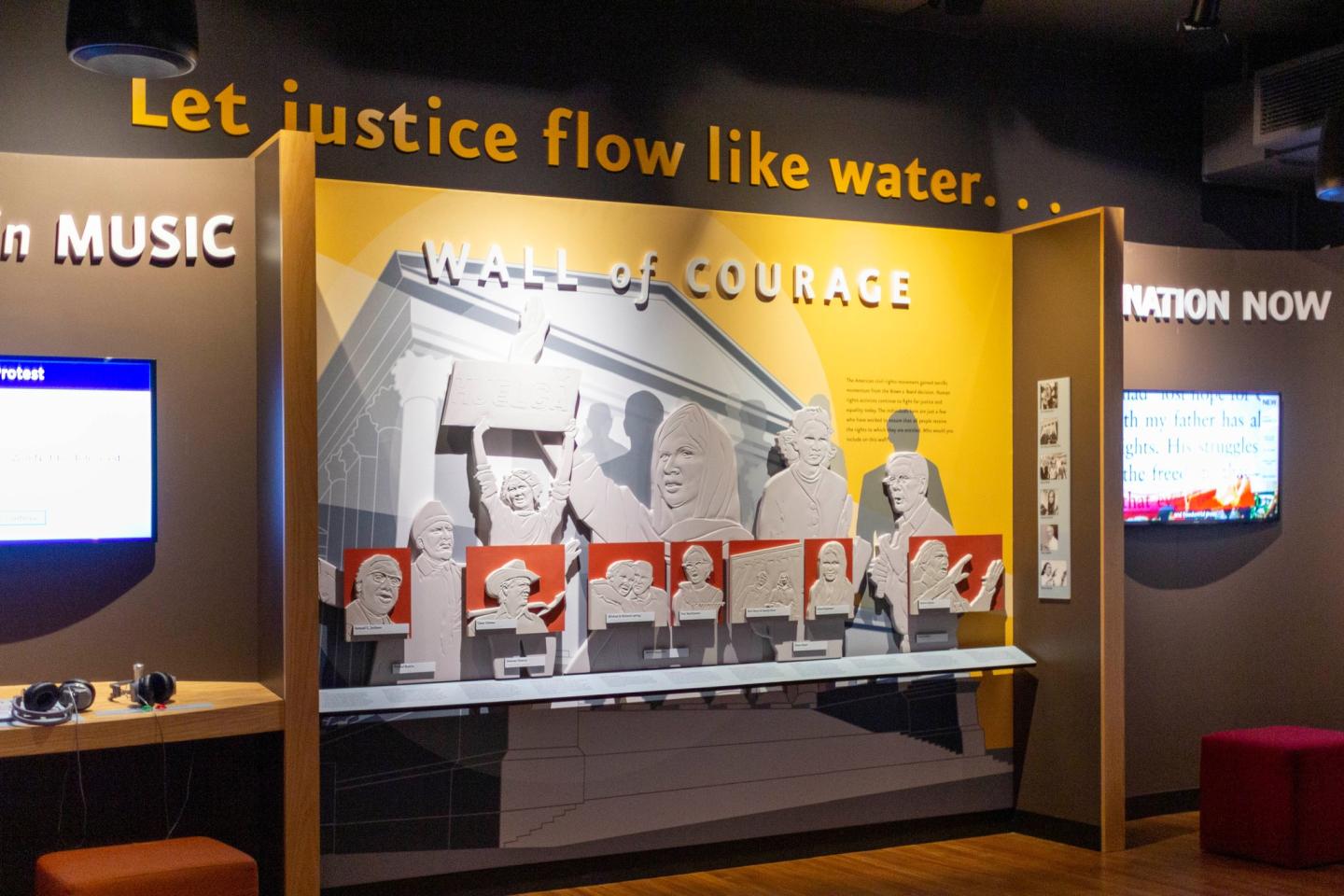
Listen and learn
Many of these parks tell difficult histories. Take time to absorb the stories, read the exhibits, and attend ranger programs that offer deeper insights.
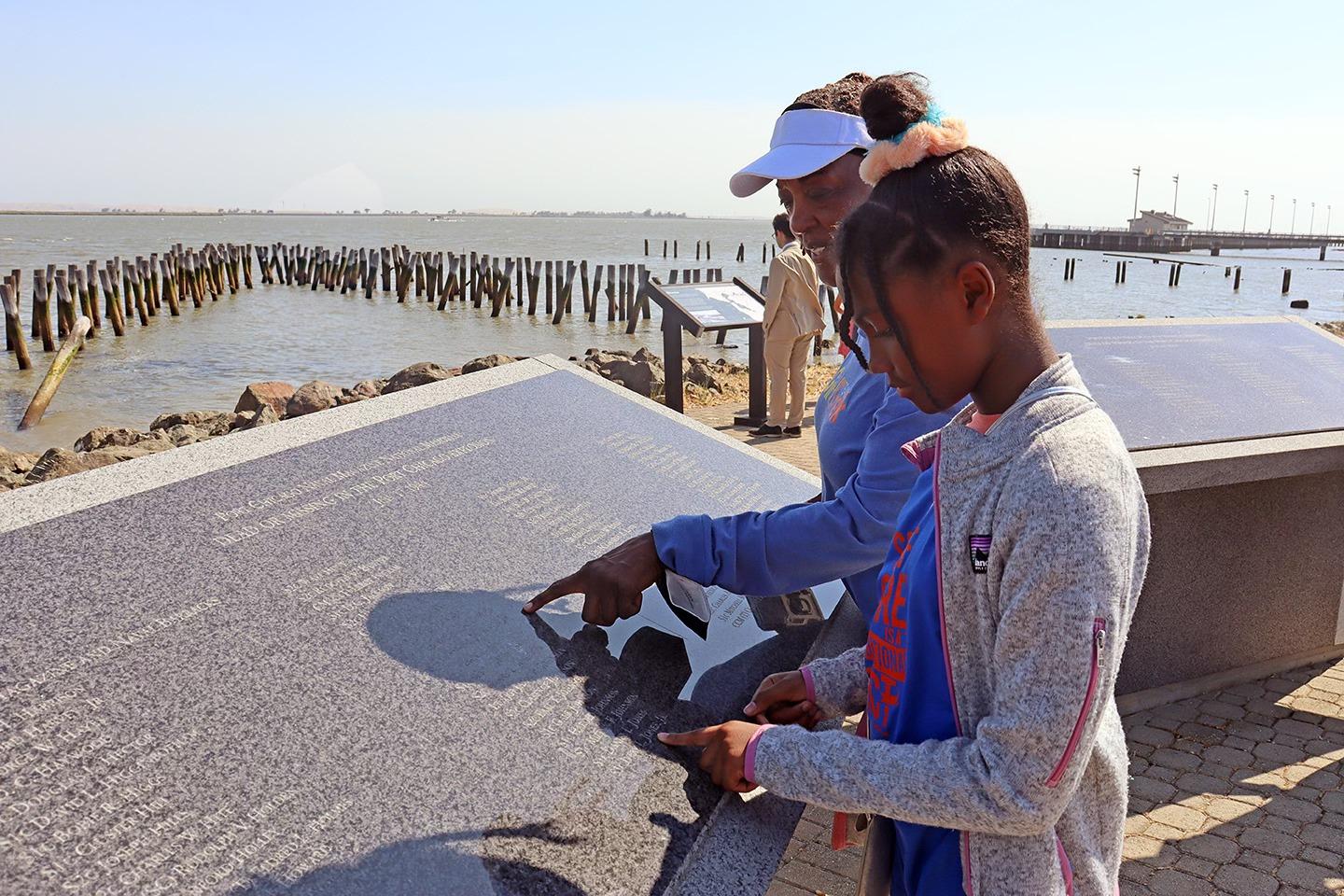
Reflect and respect
Some sites mark moments of tragedy or injustice. Whether standing in a courtroom or at a memorial, treat these places with the reverence they deserve.
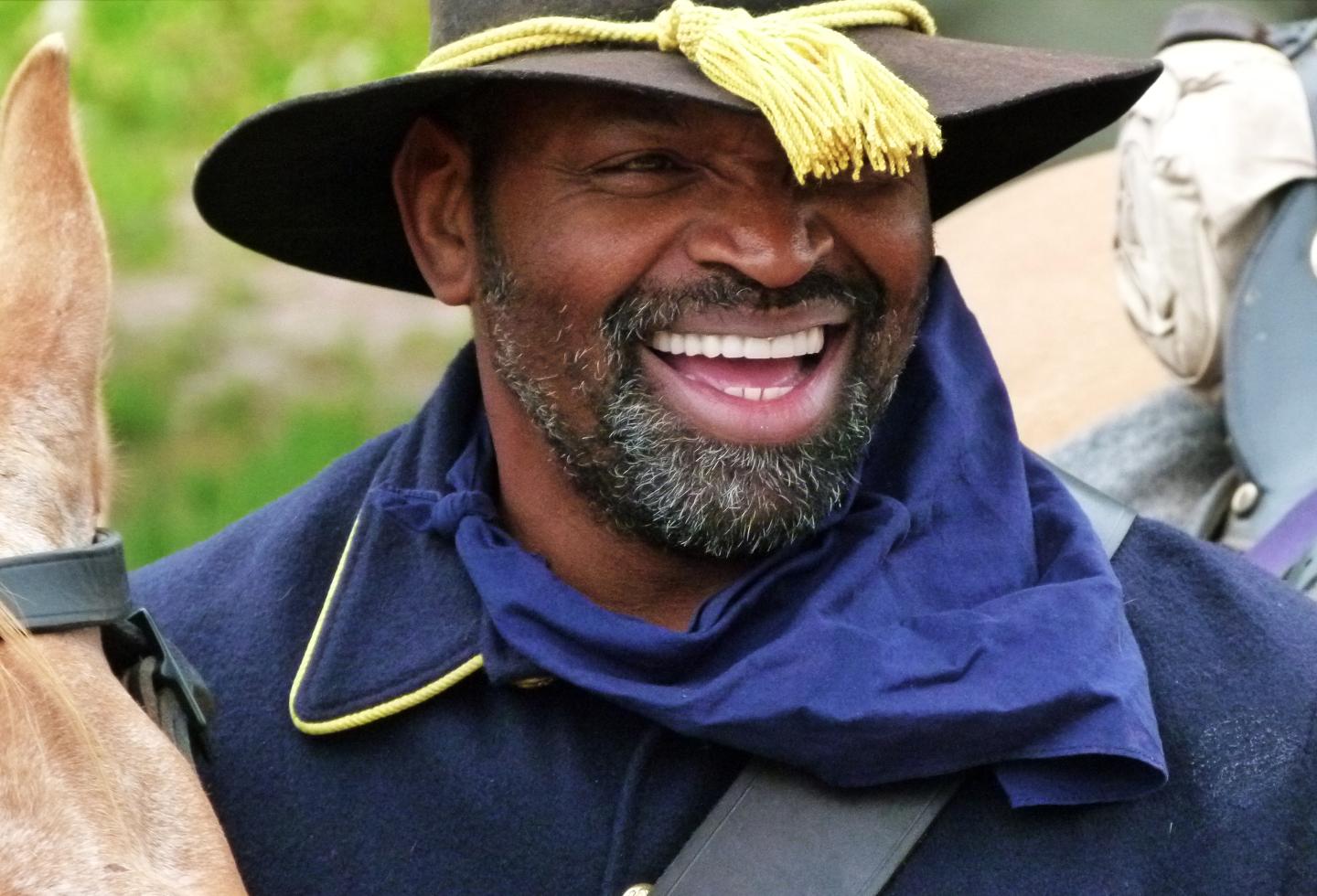
Engage with multiple perspectives
Civil rights struggles have many layers. Many parks collaborate with descendant communities to share diverse viewpoints—seek out these voices for a fuller understanding.
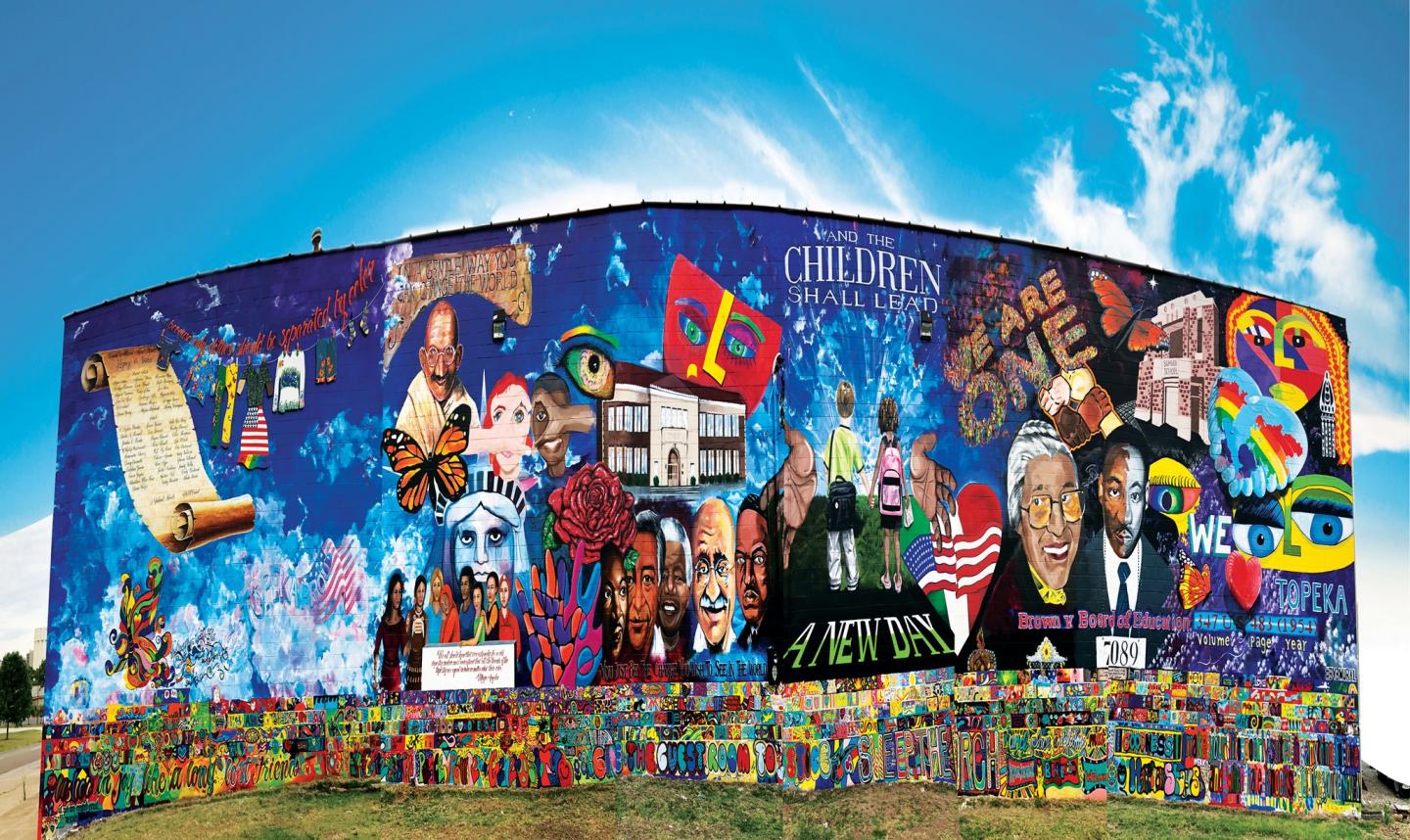
Connect to Civil Rights today
The fight for justice continues today. Learn how these histories connect to current events and consider how you can honor the legacy of those who fought for equality.
Parks that tell the story of Civil Rights
These national parks preserve the stories of those who stood up against injustice, fought for freedom, and reshaped the nation.
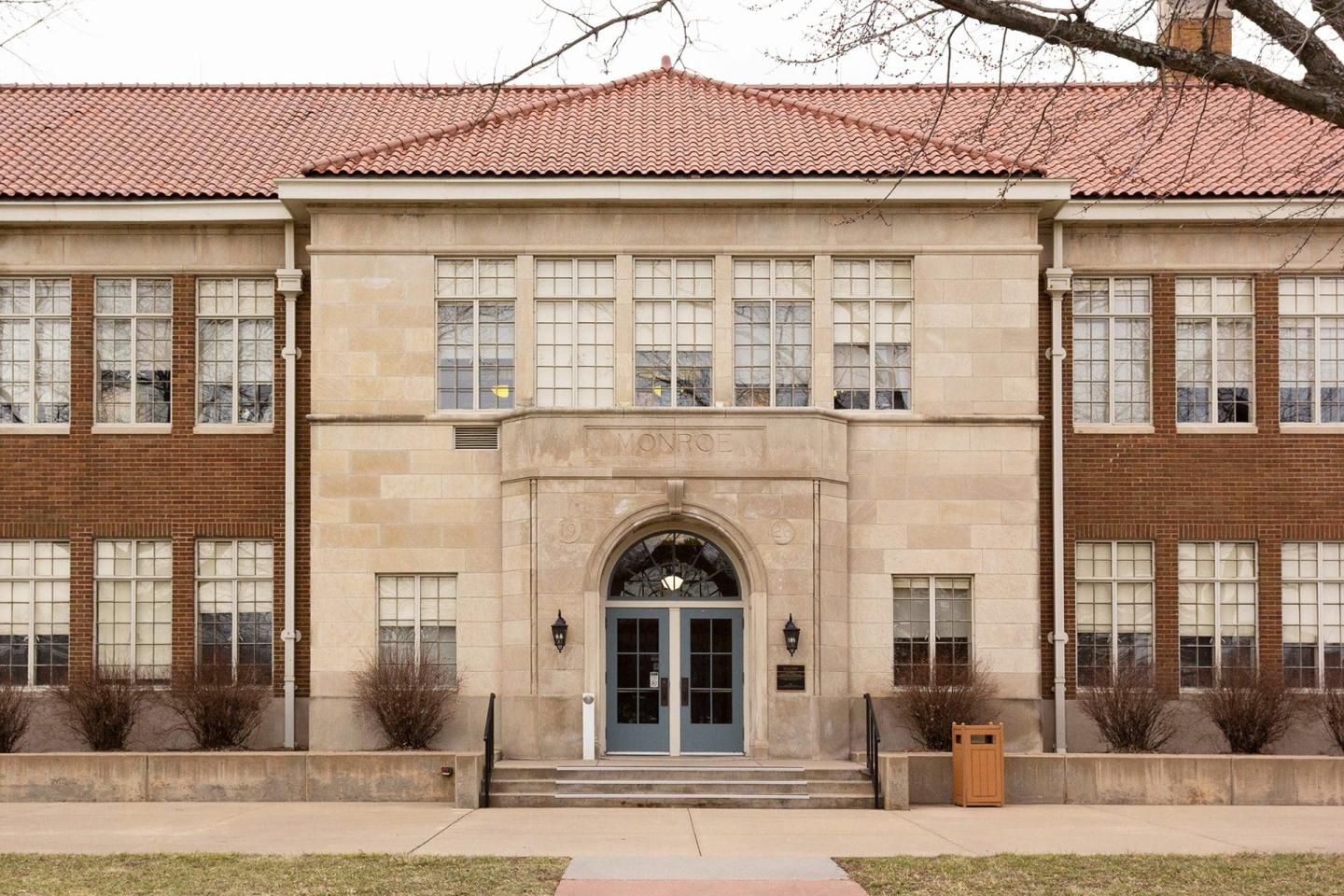
Brown v. Board of Education National Historical Park
Step inside the school where the Supreme Court case that declared racial segregation in education unconstitutional. Interactive exhibits tell the story of this landmark victory.

Port Chicago Naval Magazine National Memorial
This memorial honors the African American sailors who were killed in a 1944 explosion and the survivors who later protested unsafe working conditions, helping to drive the desegregation of the US military.

Lyndon B. Johnson National Historical Park
Learn about the president who signed the Civil Rights Act and Voting Rights Act into law. The park highlights LBJ’s role in advancing civil rights legislation.
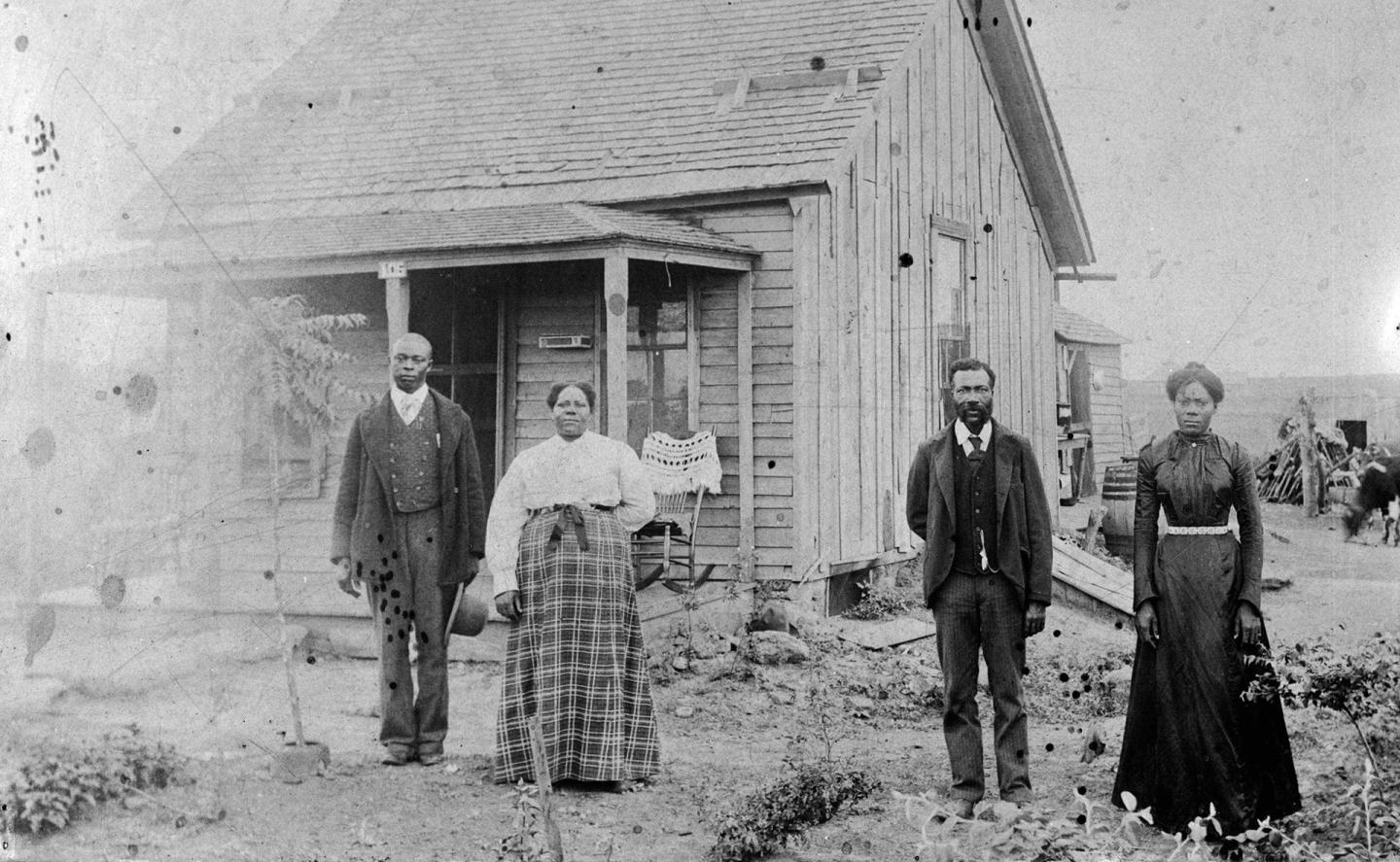
Nicodemus National Historic Site
Visit one of the last remaining all-Black towns founded by formerly enslaved people seeking freedom and opportunity after the Civil War. Nicodemus continues to be a living, thriving community and welcomes back descendants every year from all over the world during the Homecoming Emancipation Celebration.
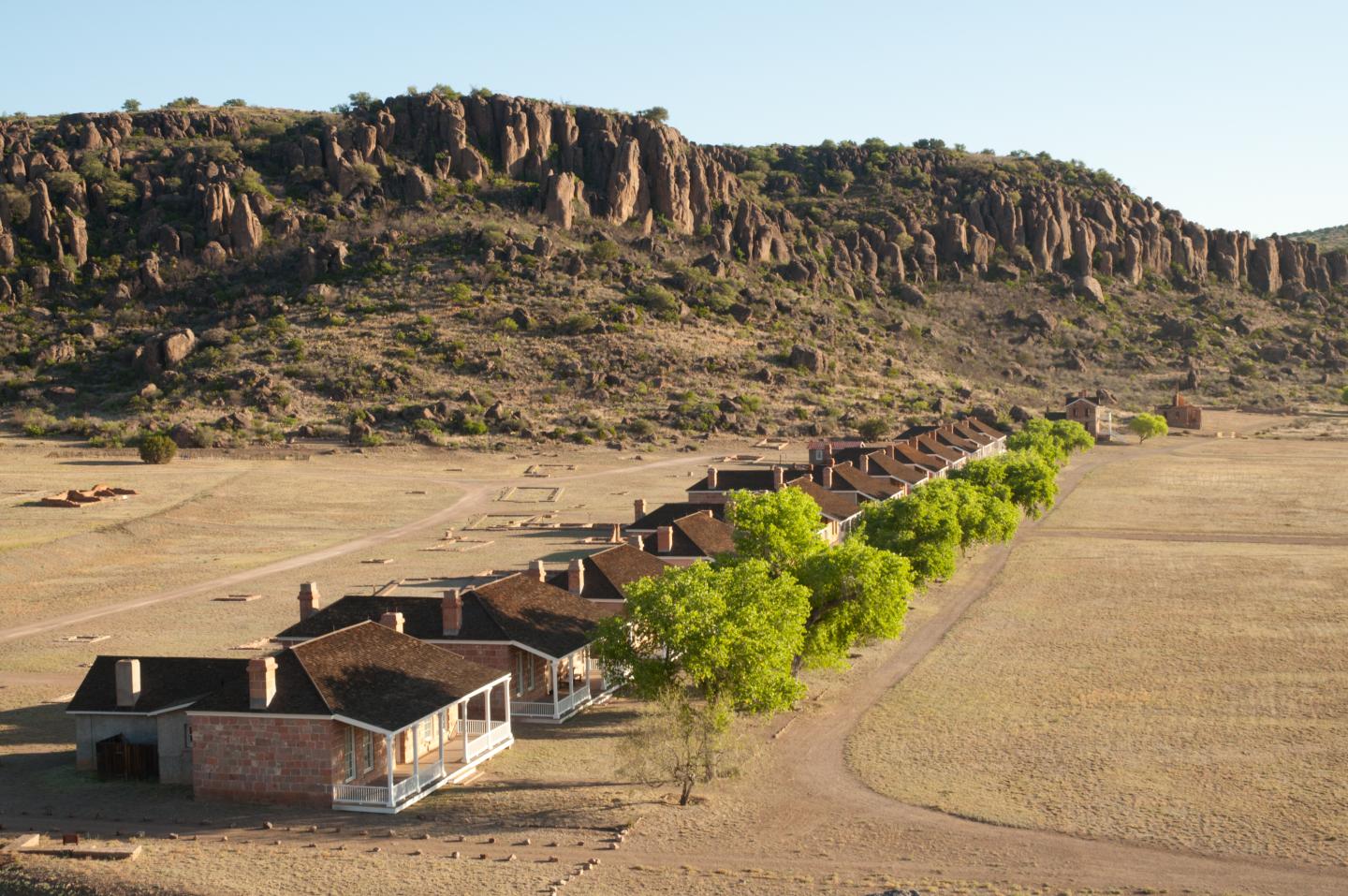
Fort Davis National Historic Site
One of the best-preserved frontier military posts, Fort Davis was home to the Buffalo Soldiers—African American regiments that served in the US Army after the Civil War. These soldiers played a crucial role while facing discrimination and segregation in their own ranks.

Golden Spike National Historical Park
The completion of the Transcontinental Railroad in 1869 was a monumental achievement, but the labor of Chinese immigrants, who endured harsh conditions and discrimination, is often overlooked. This site highlights their contributions and the struggles they faced in seeking fair treatment and recognition.
National parks don’t just preserve history—they help us engage with it, reminding us of the struggles and victories that shaped our country. By visiting these sites, we honor the courage of those who fought for civil rights and ensure their stories continue to inspire future generations.
Explore parks for civil rights
Legend
- Partner Park
- Gateway City



